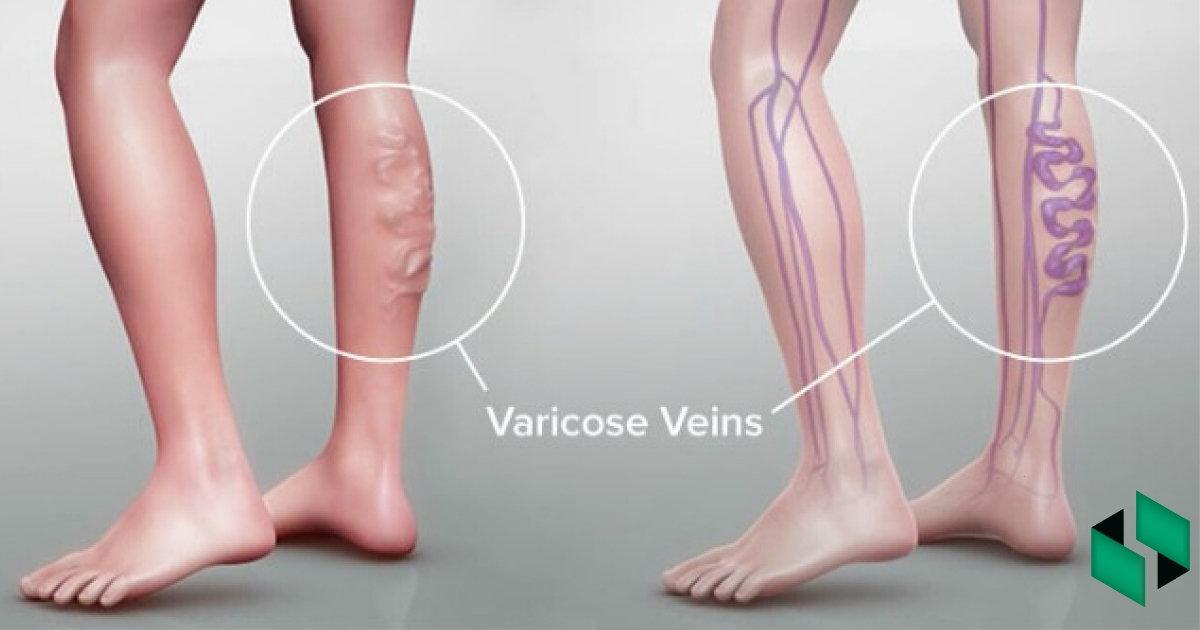Varicose veins are twisted, enlarged veins.
Any superficial vein may become varicosed, but the veins most commonly affected are those in your legs. That's because standing and walking upright increases the pressure in the veins of your lower body.
For many people, varicose veins and spider veins — a common, mild variation of varicose veins — are simply a cosmetic concern. For other people, varicose veins can cause aching pain and discomfort. Sometimes varicose veins lead to more-serious problems.
Symptoms
Signs you may have varicose veins include:
- Veins that are dark purple or blue in color
- Veins that appear twisted and bulging; they are often like cords on your legs
When painful signs and symptoms occur, they may include:
- Heavy feeling in your legs
- Easy to get tired
- Burning, throbbing, muscle cramping and swelling in your lower legs
- Worsened pain after sitting or standing for a long time
- Skin discoloration around a varicose vein
Causes
These factors increase your risk of developing varicose veins:
- Age. The risk of varicose veins increases with age.
- Sex. Women are more likely to develop the condition.
- Pregnancy.
- Family history. If other family members had varicose veins, there's a greater chance you will too.
- Obesity. Being overweight puts added pressure on your veins.
- Standing or sitting for long periods of time.
Complications of varicose veins, although rare, can include:
- Ulcers.
- Blood clots.
- Bleeding.
Prevention
There's no way to completely prevent varicose veins. But improving your circulation and muscle tone may reduce your risk of developing varicose veins or getting additional ones.
The same measures you can take to treat the discomfort from varicose veins at home can help prevent varicose veins, including:
- Exercising
- Watching your weight
- Eating a high-fiber, low-salt diet
- Avoiding high heels and tight hosiery
- Elevating your legs
- Changing your sitting or standing position regularly
Duplex scanning of the veins is recommended for diagnosis. The treatment method mostly involves less invasive procedures and is performed on an outpatient basis. If drug therapy is not effective, sclerotherapy, laser ablation, outpatient phlebectomy, and others may be prescribed.
It should be noted that varicose veins that develop during pregnancy disappear within 3 to 12 months after delivery.
Source:
https://www.mayoclinic.org/diseases-conditions/varicose-veins/symptoms-causes/syc-20350643

